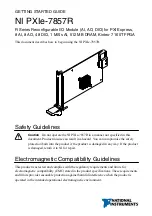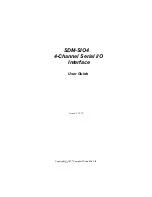
Beta Draft Confidential
9-10
1/19/05
ATM Services Configuration Guide for CBX 3500, CBX 500, GX 550, and B-STDX 9000
Configuring ATM Over MPLS Gateway Solution on CBX 3500
Network-wide MPLS Settings
Configuring IntServ and DiffServ Profiles
Traffic Engineering of the PWs is achieved by mapping the encapsulated PDUs to
appropriate per hop behavior (PHB) classes by encoding the EXP bit based on ATM
VC QoS and CLP information signaled using Diffserv objects configured using
DiffServ profiles. Depending on the type of LSP tunnel (E-LSP or L-LSP) appropriate
DiffServ profiles are used to signal the DiffServ objects in the RSVP path message,
while setting up the PSN tunnel. The IntServ object is used to request aggregate
bandwidth across the MPLS path.
The IntServ object is configured using IntServ profiles where Max Rate, Mean Rate,
and Burst Size are configured. Bandwidth (BW) reserved for the PSN tunnel at the
LERs is computed as:
This bandwidth is used to perform connection admission on PWs tunneled across the
PSN tunnel. For a successful call admission, equivalent bandwidth computed for PW
based on SLA requirements must be satisfied by the PSN tunnel available bandwidth.
A PSN tunnel can use IntServ and DiffServ profiles to manage QoS over a Layer 2
tunnel. IntServ requires applications to signal their service requirements to the
network through a reservation request. With DiffServ, packets are classified as
belonging to a flow depending on their QoS designation.
Depending on your network configuration, you may need to configure IntServ and
DiffServ profiles. Once these profiles are created, they are available network-wide.
Creating IntServ Profiles
To create IntServ profiles:
1. From the Network object tree, expand the network you wish to configure.
2. Expand the Mpls Traffic Profiles instance node.
3. Right-click on IntServ Profiles and select Add. The Add Intserv dialog box will
display (
).
BW = Max Rate + Mean Rate
2
Содержание CBX 3500
Страница 888: ......
















































